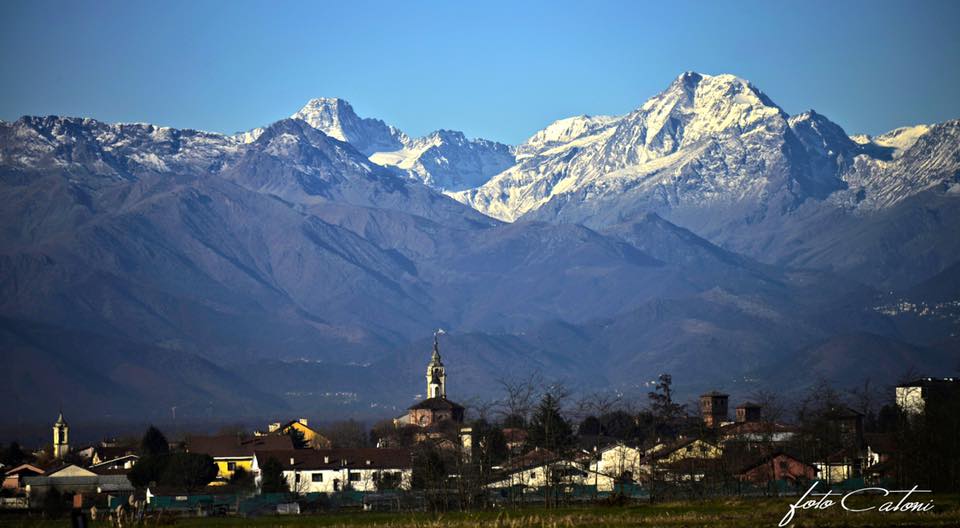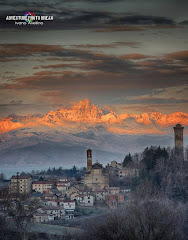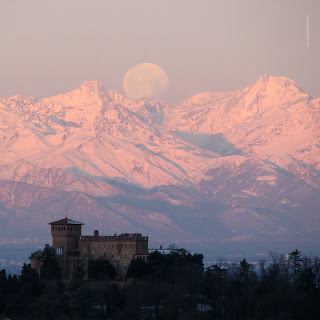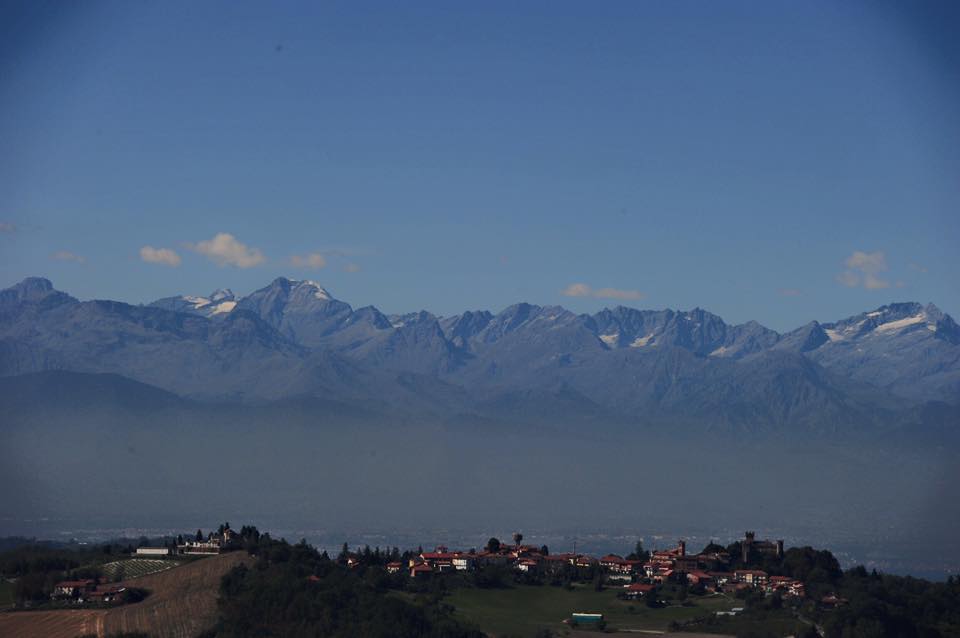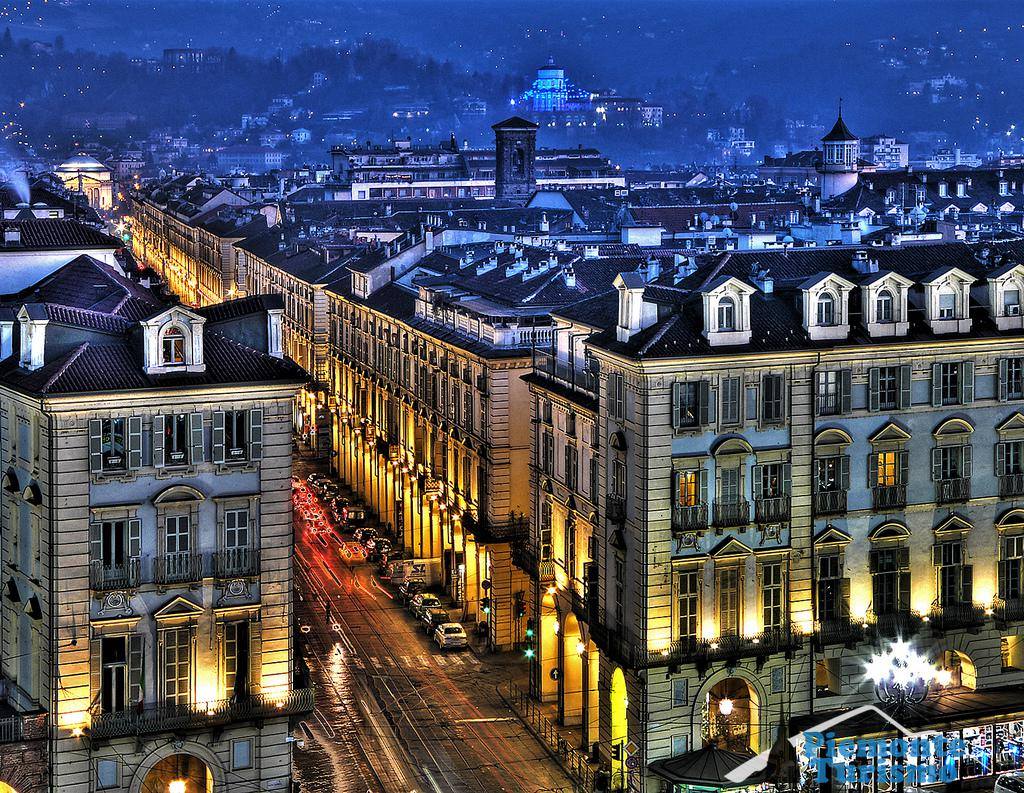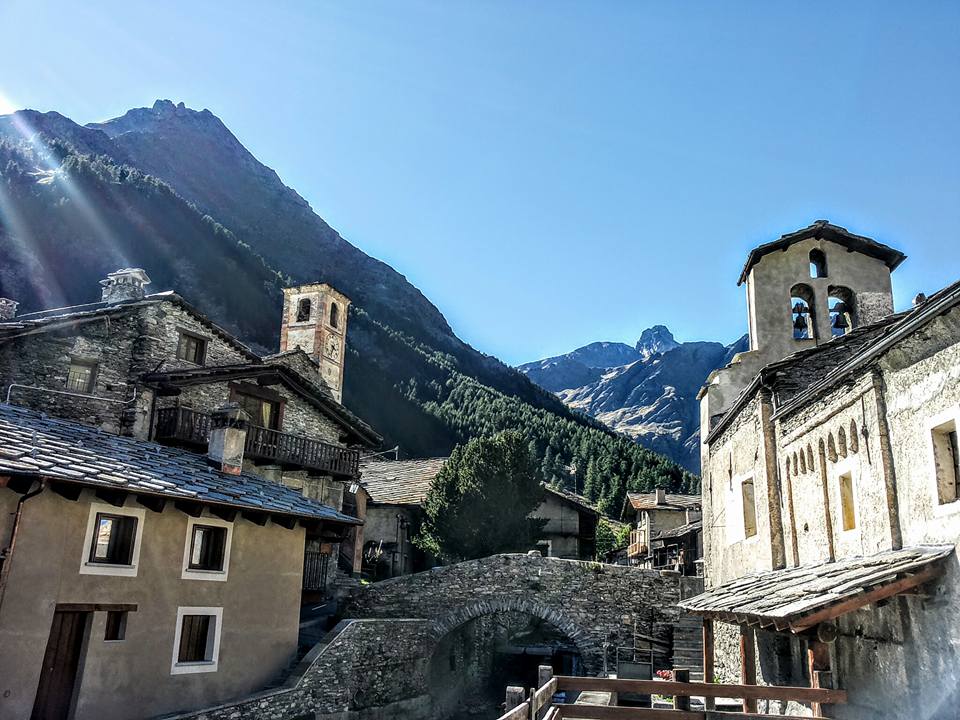This tour of the region of Piedmont, Italy, combines an in-depth look at historical changes in spirituality with the enjoyment of the region's traditional lifestyle and famous landscapes: its majestic Alps, its pleasant wine hills, and its fascinating lakes. From the earliest times of the Celtic culture to the state-sponsored Baroque theatricality of the 18th century, Piedmont has known a flourishing of stunning religious architecture and popular religious art which has been largely preserved, yet is mostly unknown to international tourists even today. We will be staying mostly at monasteries and sanctuaries. Your guide will be a native of Piedmont who is trained in theology and the history of spirituality, is excited to share hidden treasures, and knows and values the culinary traditions of his home region.
Dates: May 23 (leaving from Los Angeles) - June 4 (arrival in Los Angeles)
 |
| Vezzolano Abbey |
DAY
1 and DAY 2: Romanesque churches in the hills of Monferrato
The
sub-region of Monferrato knew a remarkable architectural flourishing
in the 11th and 12th centuries and keeps to this day dozens of
churches in the Romanesque style, varying from very small chapels to
structures quite complex and refined. We will visit five among the
most remarkable of such churches, set in the enchanting setting of
hills covered with vines. Perhaps the relative seclusion of this
sub-region in modern times has helped to preserve not only the
structures, but the stunning decorations on capitals and lintels,
including mermaids and other mythological animals. Sexual carvings
and more common animals are present as well. We will delve into
hypotheses about the meaning of such astoundingly rich symbolism. One
major site, the Vezzolano Abbey, presents a higher complexity in
structure and a shift toward more biblical imagery. In this place,
once inhabited by Augustinian monks, we will explore specifically the
relation between biblical meditation, liturgy, communal life, and
architectural space.
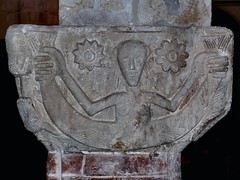
Mermaid, Church of St.Secondo 12th c.
Screen-reader users, click here to turn off Google Instant.
DAY
1 and DAY 2: Romanesque churches in the hills of Monferrato
The sub-region of Monferrato knew a remarkable architectural flourishing in the 11th and 12th centuries and keeps to this day dozens of churches in the Romanesque style, varying from very small chapels to structures quite complex and refined. We will visit five among the most remarkable of such churches, set in the enchanting setting of hills covered with vines. Perhaps the relative seclusion of this sub-region in modern times has helped to preserve not only the structures, but the stunning decorations on capitals and lintels, including mermaids and other mythological animals. Sexual carvings and more common animals are present as well. We will delve into hypotheses about the meaning of such astoundingly rich symbolism. One major site, the Vezzolano Abbey, presents a higher complexity in structure and a shift toward more biblical imagery. In this place, once inhabited by Augustinian monks, we will explore specifically the relation between biblical meditation, liturgy, communal life, and architectural space.

DAY 4: Sanctuary of the Black Madonna
The Black Madonna was revered in Oropa well before
The Black Madonna was revered in Oropa well before
the visit of the first
Christian bishop of the area of Vercelli,
Eusebius, according to
his own witness. Eusebius made
his pilgrimage in the 3rd century, and
since then the sanctuary
has been Christianized, at least externally.
We will be able to detect the historical layers
of the devotion to
the Black Madonna, to see historical
documentation of the pilgrimages spanning several centuries,
and to witness the presence of
contemporary pilgrims.
This day will be entirely spent on site.
This day will be entirely spent on site.
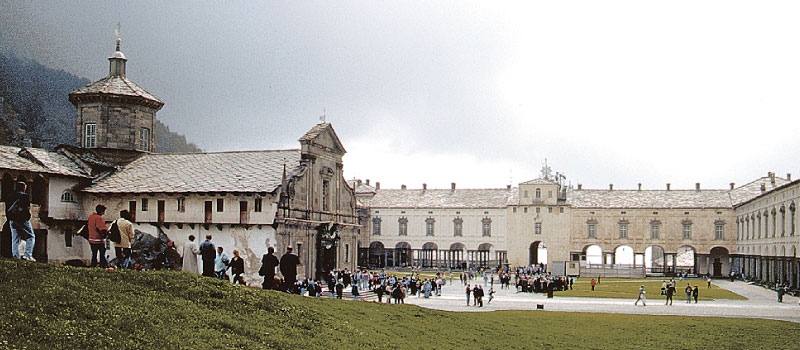 |
| Upper Courtyard, Sanctuary of the Black Madonna, Oropa |
The site of Oropa includes a Sacred Mount dedicated
to the life of Mary. The sacred mounts
of Piedmont
have been granted UNESCO protection since 2003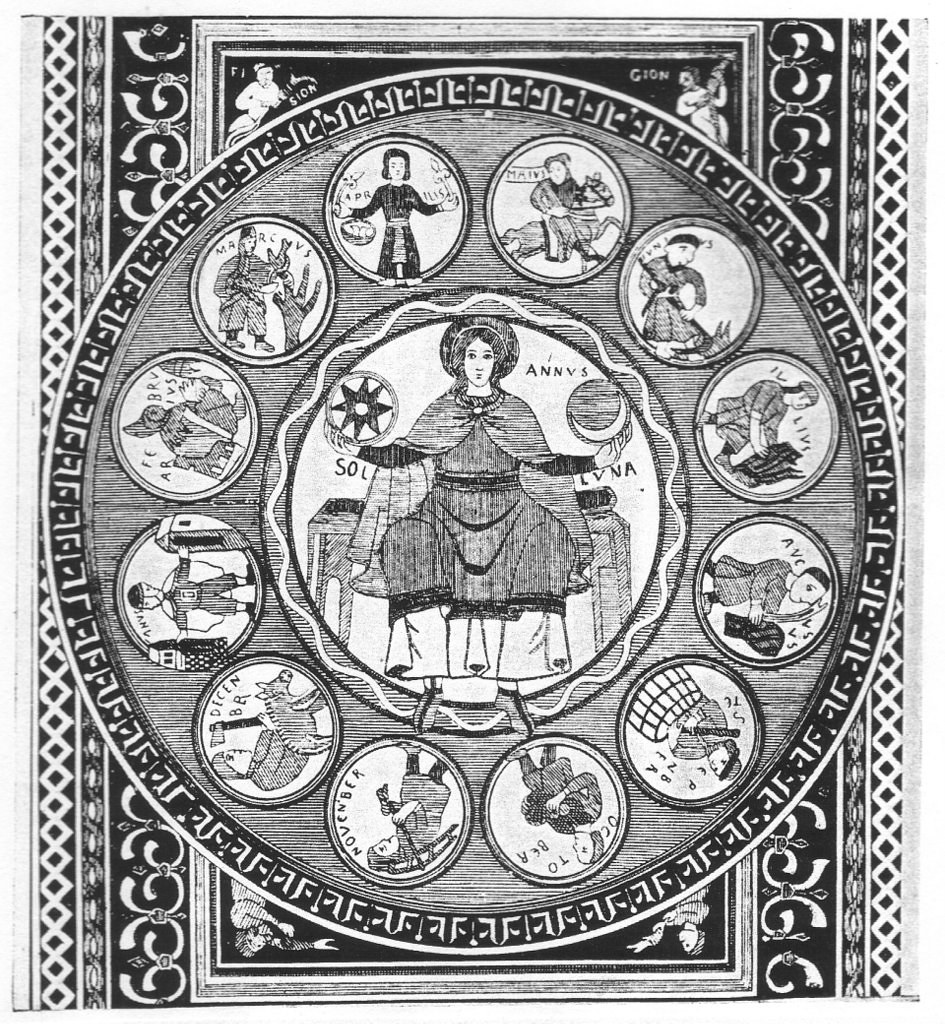 |
| Drawing of the Mosaic of the Twelve Month, Aosta Cathedral |
DAY
5: The Aosta Valley from Roman times to courtly love
The city of Aosta gives the name
to a very wide Alpine valley
which enjoys a special autonomy granted
in the Italian Constitution.
Here
both French and Italian
are recognized as official
languages and an old-German
speaking minority is present as well.
languages and an old-German
speaking minority is present as well.
The city presents
imposing Roman monuments
as well as the medieval quarters
which St.Anselm of Canterbury
went round as a boy.which St.Anselm of Canterbury
 |
| Cathedral towers, Aosta |
through some of the many prominent
religious and civic buildings of this valley, traversed by the major
routes to cross the Alps into Switzerland and France.
High points of
the visit will be: the 8th c. baptistery of Settimo Vittone, the 11th
c. Cathedral of Aosta and its stunning mosaic pavement of the twelve
months, the 12th c. cloister of St.Ours with one of the most amazing
sequence of capitels, and the 13th c. castle of Fenis.
 |
| Fenis Castle |
In Fenis, religious symbolism gives way to
the architecturally enclosed space
as the heart of a lover to be stormed.
DAY 6 and DAY 7: the Susa Valley from Neolithic Times to Monastic Culture
In the Susa valley, dominated by the city with the same name,
we will be able to look back beyond the Roman conquest
into the religion of the Celts, of which consistent remains
are present not just in buildings, but in popular tradition as well
and to look even further back into Neolithic times by visiting
a mount/sanctuary which has been only superficially Christianized.
| Procession, Giaglione |
We will be in the village of Giaglione on one of the four days of the year
when the traditional procession and sword dance are performed.
 |
| St.Eldradus receives the monastic habit, Novalesa |
We will explore the coexistence of monks living
under different rules of life
in one single monastic site - the Abbey of Novalesa,
endowed by Charlemagne in the early 9th c.
 |
| Torture in hell, Church of St.Stephen in Giaglione |
to the population in the 15th century and beyond.
The overarching theme of these two intense days
could be summarized as investigating the meaning of “sanctity”
and “to be a saint”in different eras of religious civilization.
One
of the most magnificent monastic buildings of the world
and an UNESCO
site, the Abbey of St.Michael,
will constitute a major highlight of
the tour.
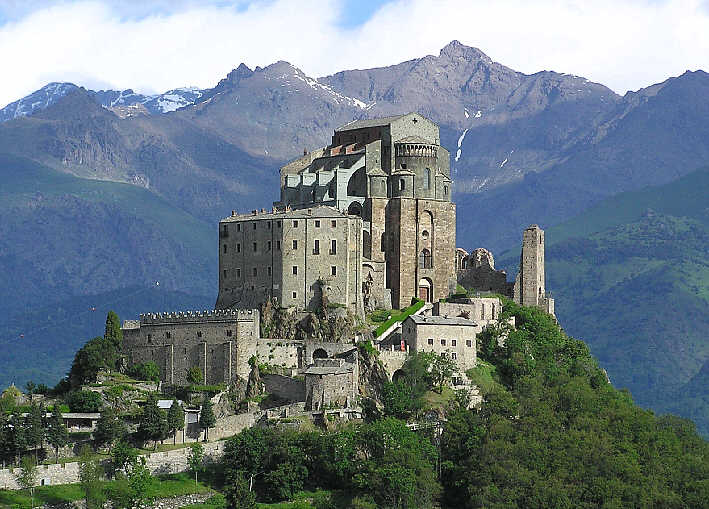 |
| Abbey of St.Michael |










